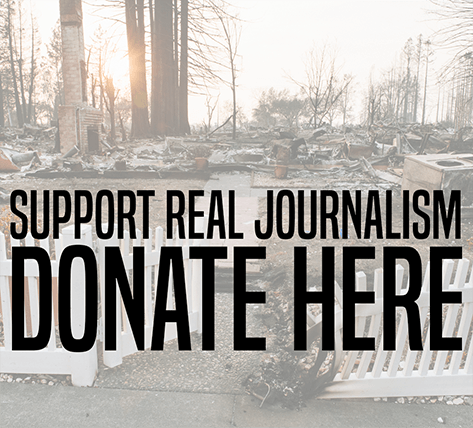Environment
Crimes Against Nature

Five trillion tons.
That’s how much ice melted in Greenland and Antarctica between 2002 and 2014 – and the reason why the seas already rise above low-lying islands in the South Pacific, displacing tens of thousands of people and threatening coral reefs that nurture uncountable numbers of sea creatures. Because of the climate change crisis we’ve become used to reading this kind of metric, along with the science-class comparisons that make it easy to visualize the colossal numbers involved. (Those five trillion tons, we are told, could make an ice cube 11 miles long on each side.) What we don’t always grasp, however, is the domino effect that one environmental disaster can have on the other side of the world.
A few years back, my wife Susan and I camped at Malakoff Diggins State Park, just north of Nevada City in Northern California. The place is famous for its earth formations that are similar to those of Brice Canyon National Park, except the scale is smaller, and these were made by humans. Beginning in the mid 19th century, gold-mining operations blasted water against the hillsides to wash away the earth and rock. They moved so much water and debris that it caused major flooding of towns and farm land in the Sacramento Valley. The disaster led to a successful 1882 lawsuit that held the mining operator responsible for the downstream damage.
It was the first time in this state that industrialists were held accountable for their collateral damage, and the decision established a major environmental principle.
Most of us still think that what happens in one place has little effect on another. We ignore the side effects. We may believe an oil spill, like that created by the Exxon Valdez supertanker, may make a mess but that we can clean it up. End of story. Except now, more than two dozen years after that disaster, we know the spill didn’t just get some birds dirty and pollute a pristine bay. It has caused misshapen hearts in embryonic fish, as Scientific Reports recently revealed. That problem means the fish can’t swim as fast and don’t grow as well, which could have implications for a major food source.
Or take wildfires. California has suffered the worst fire season in its history, and the drought gets most of the blame. But we also know that drought conditions overlap with heat spells. They come concomitantly, says a University of California, Irvine report, and this situation not only affects the likelihood of fires here, but occurs pervasively across the continent. That’s big, bodes ill and feels obvious.
Less visibly, drier and warmer weather makes trees vulnerable to bugs. The attacks of bark beetles and other insects weaken the trees and make them more combustible. Also, species migrate to higher altitudes. I have always liked backpacking in the High Sierra because it is above the rattlesnake habitat threshold of about 5,500 feet. But heat and drought have changed that. This year a friend on a camping trip at 7,500 feet had one of their party suffer a bite. The woman had to be airlifted to Fresno. Later backpacking, they found another snake mid-trail at 9,000 feet. These snakes migrated out of their customary ecological zone.
As animals change surroundings they have new predators, find new victims and skew the entire ecology at their new elevations. Perhaps as many as one in six species could perish due to temperature-caused habitat changes. That’s not unprecedented. The Earth has seen dramatic die-offs before — but this one, we created.
So the oceans warm. We hope that a monster El Niño – a strong Pacific Ocean-driven rainy season – will end the California drought, but it does not guarantee a record snowpack in the Sierras or in the Rockies, from where we Southern Californians get most of our water. Nor is warm sea water good for the fishing off South America. Nor is it good for the phytoplankton that provide food for bigger fish along the coastline. It also turns out that beyond supplying fish food, the microorganisms that grow on the surface of the seas have a role in generating clouds. The microscopic bits get blown up into the sky where they help ice to form, creating clouds that make precipitation. We are just beginning to document the extent these temperature changes impact at a distance.
Here’s one more metric: We know that the exhaust from cars, trucks, ships, factories and fossil fuel power plants weakens people’s lungs and makes them vulnerable to illness. Apparently, the air in areas where 60 percent of Americans live is so polluted it also damages brain cells. Typical dirty air in urban and suburban areas can cause the brain to age faster, causes inflammation and increases the probability of “silent strokes” that lead to dementia.
These unexpected consequences affect changes over such distances of time and space that we cannot quite absorb their impact. We don’t see these phenomena with our eyes, but studies verify an invisible reality that damages us. As it did with the gold miners at Diggins, the law must hold the creators of these complications responsible. That the rules and the regulators are hamstrung by the power of the polluters is a crime against all of us.

-

 Column - State of InequalityNovember 6, 2025
Column - State of InequalityNovember 6, 2025Congress Could Get Millions of People Off of SNAP by Raising the Minimum Wage, but It Hasn’t — for 16 Years
-
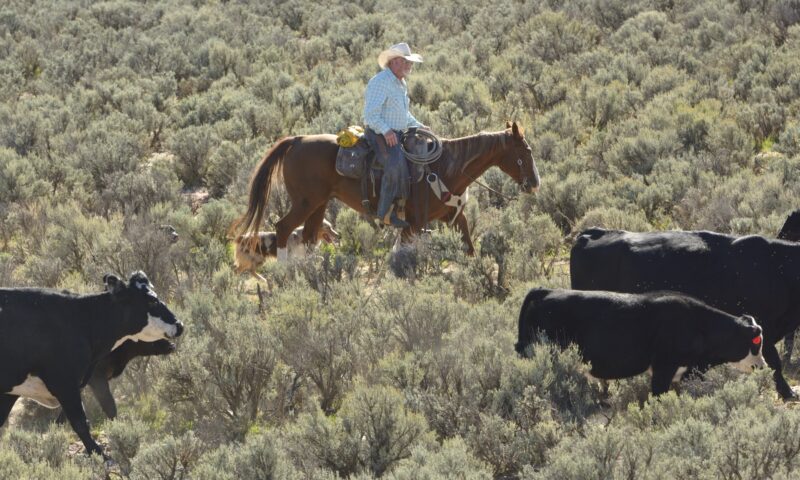
 The SlickNovember 5, 2025
The SlickNovember 5, 2025The David vs. Goliath Story of a Ranching Family and an Oil Giant
-
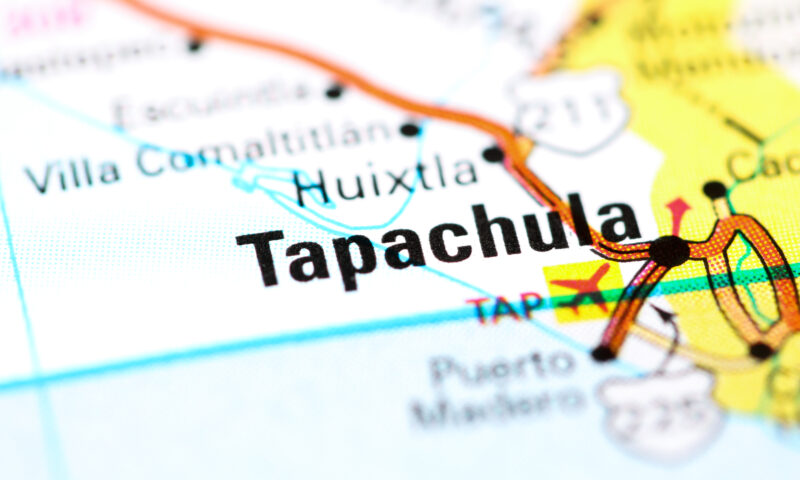
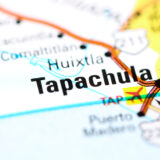 StrandedNovember 7, 2025
StrandedNovember 7, 2025U.S. Deports Asylum Seekers to Southern Mexico Without Their Phones
-
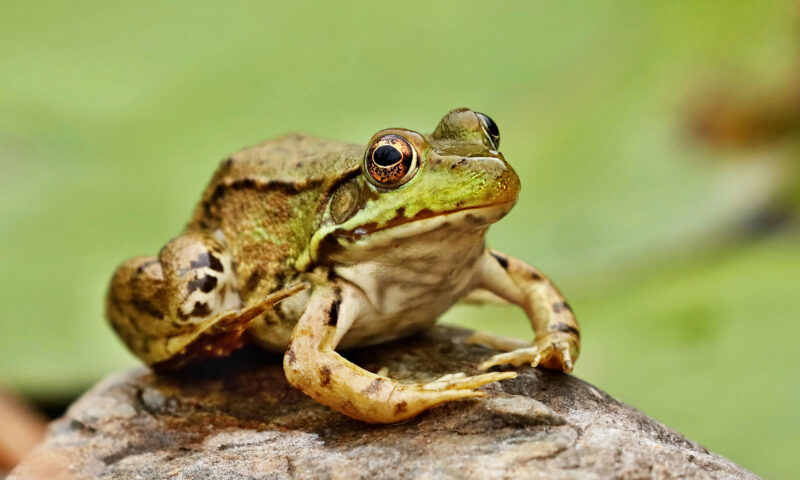
 The SlickNovember 14, 2025
The SlickNovember 14, 2025Can an Imperiled Frog Stop Oil Drilling Near Denver Suburbs? Residents Hope So.
-

 Latest NewsNovember 11, 2025
Latest NewsNovember 11, 2025Photos, Video, Protests — Homeland Security Tightens Rule on Anti-ICE Activities
-
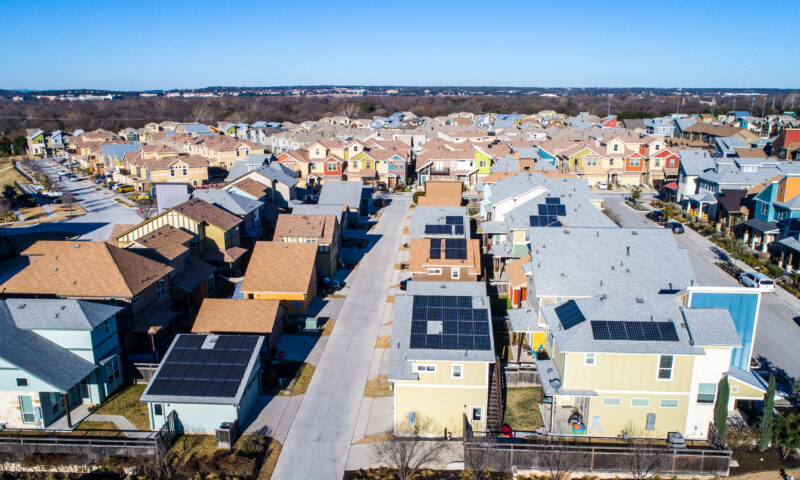
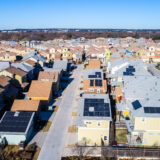 The SlickNovember 12, 2025
The SlickNovember 12, 2025Known for Its Oil, Texas Became a Renewable Energy Leader. Now It’s Being Unplugged.
-

 Column - State of InequalityNovember 13, 2025
Column - State of InequalityNovember 13, 2025Barring a Sharp Shift, Health Insurance Costs Will Skyrocket
-

 Latest NewsNovember 19, 2025
Latest NewsNovember 19, 2025How Employers and Labor Groups Are Trying to Protect Workers From ICE

